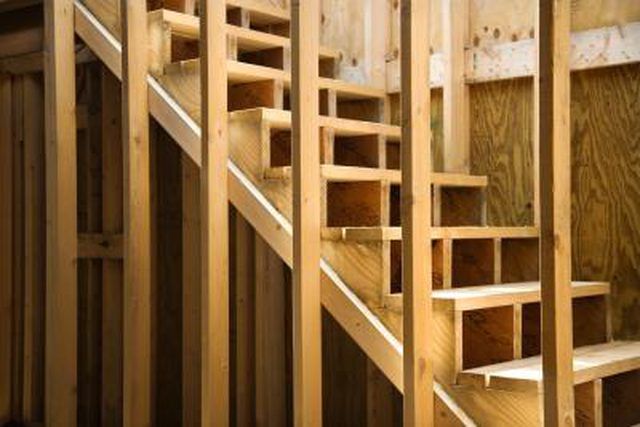Bulbs
Flower Basics
Flower Beds & Specialty Gardens
Flower Garden
Garden Furniture
Garden Gnomes
Garden Seeds
Garden Sheds
Garden Statues
Garden Tools & Supplies
Gardening Basics
Green & Organic
Groundcovers & Vines
Growing Annuals
Growing Basil
Growing Beans
Growing Berries
Growing Blueberries
Growing Cactus
Growing Corn
Growing Cotton
Growing Edibles
Growing Flowers
Growing Garlic
Growing Grapes
Growing Grass
Growing Herbs
Growing Jasmine
Growing Mint
Growing Mushrooms
Orchids
Growing Peanuts
Growing Perennials
Growing Plants
Growing Rosemary
Growing Roses
Growing Strawberries
Growing Sunflowers
Growing Thyme
Growing Tomatoes
Growing Tulips
Growing Vegetables
Herb Basics
Herb Garden
Indoor Growing
Landscaping Basics
Landscaping Patios
Landscaping Plants
Landscaping Shrubs
Landscaping Trees
Landscaping Walks & Pathways
Lawn Basics
Lawn Maintenance
Lawn Mowers
Lawn Ornaments
Lawn Planting
Lawn Tools
Outdoor Growing
Overall Landscape Planning
Pests, Weeds & Problems
Plant Basics
Rock Garden
Rose Garden
Shrubs
Soil
Specialty Gardens
Trees
Vegetable Garden
Yard Maintenance
Bracing a Stair Stringer
Bracing a Stair Stringer. A short run of narrow stairs is not likely to need extra reinforcement. But long stairs, such as those connecting a second-story deck to ground level, can be a different story. You can brace the stair stringer -- the sawtooth-shaped stair element that supports the treads and risers -- to reinforce it and remove sway from...

A short run of narrow stairs is not likely to need extra reinforcement. But long stairs, such as those connecting a second-story deck to ground level, can be a different story. You can brace the stair stringer -- the sawtooth-shaped stair element that supports the treads and risers -- to reinforce it and remove sway from long stairs.
Things You'll Need
Tape measure
Graph paper
2-by-4s
Saw
Plumb bob
String
Concrete footing form
Concrete
Post holder
4-by-4 posts
2-by-6s
Nails
2-by-12s
Simple Indoor Brace
Examine the underside of the stairs to see if you have just two stringers supporting the steps and treads at either end or a third one as well running down the center of the steps. You need to create a third brace if you have a center stringer, and just two braces if you don't.
Measure the length of the stringers. Make a scale drawing of the stringer on graph paper noting this length, as well as the number of stairs. Add the measurements of the risers -- the vertical boards, if present -- and the treads, the term for the horizontal steps, to scale.
Draw a 2-by-4 to scale on the graph paper that meets the bottom of the stringer at a 90-degree angle at one end while the other touches the floor behind the bottom of the stairway where it meets the wall. Cut two or three 2-by-4s, depending on whether you have a third central stringer, based on your drawing. Fit the flat end snugly against the bottom of the stringer near the top of the stairs. Cut the other end with a saw to create a point that fits into the wall-floor junction.
Outdoor Brace
Create a more involved stair stringer support for outdoor stairs measuring more than 10 feet long. Pour concrete footings 12 inches across, centered under a plumb line under the midpoint of the stringer. Set a 4-by-4 post holder in the footing before the concrete dries.
Cut a 2-by-6 beam the width of the stairs. Cut 4-by-4 posts to fit under the midpoint of the stringers, with the top of the posts beveled to match the angle of the stringers and the bottom fitting into the post holder. Nail the 2-by-6 beam in place.
Create an X-shaped brace of two 2-by-4s with a lap joint where the braces cross. Nail in place to the posts.
Tips & Warnings
You can also brace a stair stringer by doubling the center stringer, making it of two 2-by-12s face-nailed together. Or add blocking -- 2-by-6s cut to fit between the side and center stringers and nailed into place -- to brace the stringer, Decks.com recommends.